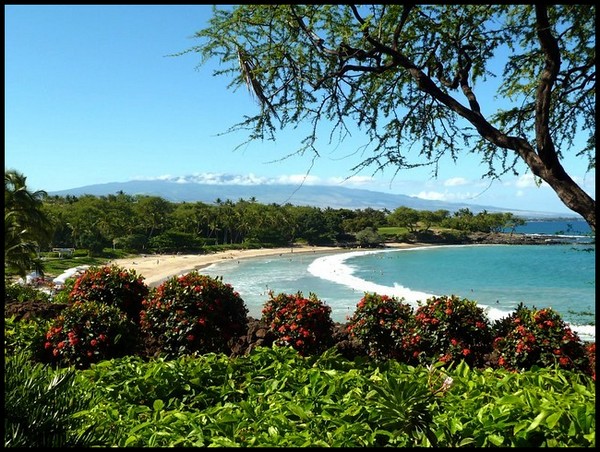
6 Surprising Facts about Hawaii
Recently I’ve done a lot of research about Hawaii, in anticipation of going there for several months this year to explore the stunning natural places and join some interesting work exchange opportunities.
Sadly for me, it looks like my Hawaiian plans have been thwarted sinc I have not been able to secure any work exchange gigs. (crying!)
Never the less, I did learn many surprising things about this wonderful US state. Here are some of the most interesting…

1. Hawaii has snow!
I’ve always thought of Hawaii as a collection of lush, tropical volcanic islands with a typically hot, steamy tropical climate. And tropical climates obviously do not harbor snow.
So I was astounded to learn that Hawaii’s highest mountain, Mt. Kea at 13,803 ft / 4207 M, is generally capped by snow during winter months! In fact, in the Hawaiian language, Mauna Kea means ‘White Mountain’ because it’s often covered in snow. Even during summer months it occasionally snows on the mountain top.
Two of Hawaii Island’s other volcanic peaks, which neighbor Mt Kea, also receive snow in winter. These three peaks, with an altitude over 11,000 ft / 3333 M, sometimes receive heavy snowfall and the occassional blizzard.
Mt Kea is not only the highest mountain in Hawaii, but also the highest mountain in the entire Pacific region as well as the second-highest oceanic island mountain in the world.
The rest of Hawaii is, indeed, snow free, as I’d always imagined. But visitors can also walk through freezing cold snowy conditions on Mt Kea or Mt Loa in winter if they’re so inclined.
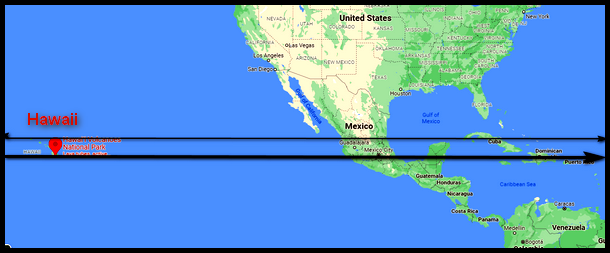
2. Hawaii lies much farther south than you probably thought
I don’t know about you, but I’ve always envisioned Hawaii lying more or less directly west of the California/Oregon coast.
But as it turns out, Hawaii lies much much farther south than that. In fact, Hawaii lies way south of California all together.
Truth be told, Hawaii lies at the same latitude as central Mexico and Cuba.
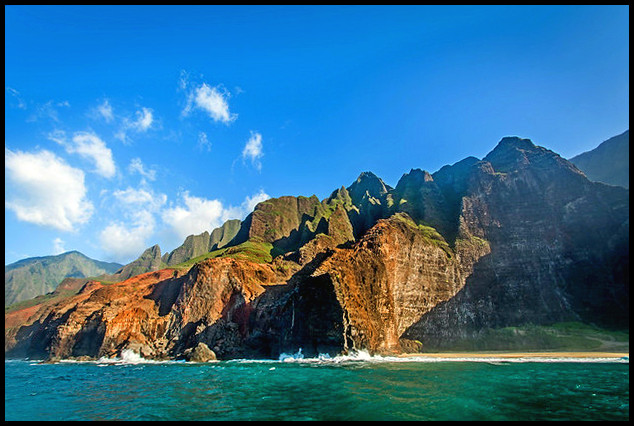
3. Of the 50 US states, Hawaii has the largest percentage of its land protected in parks
Of Hawaii’s 4.1 million acres of land, 9.41% is protected by national and state parks. In total , Hawaii has 50 state parks, 5 national parks and various national memorials, historic sites and trails. Together, they protect over 380,000 million acres of land.
Interestingly, Hawaii does not have the largest number of state parks nor national parks among the 50 US states. Eight states have a much larger number of state parks within their borders than does Hawaii. Three states have a larger numbers of national parks than Hawaii. Perhaps not surprsingly, California has the largest number of national parks, 9, while Alaska comes in second with 8 and Utah third.
However, when it comes to the largest percentage of land that’s protected, Hawaii takes first place.
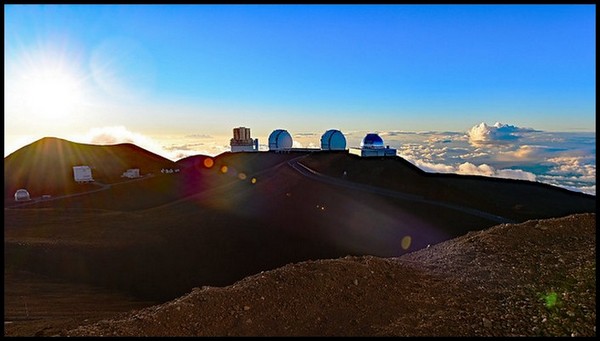
4. Mt Kea Observatories have the clearest skies on planet for astronomical observations
As noted above, Mt. Kea is Hawaii’s highest mountain at 13,803 ft / 4207 M. Its great height is one reason it offers Earth’s clearest night skies.
Several other important natural factors combine to create Mt Kea’s super clear air. There’s a steady, fluid airflow passing over Mt Kea’s very smooth gradual slopes. Humidity is low.
Very importantly, the sky on top of Mt Kea is extremely dark due to a lack of city lights, the vast Pacific Ocean surrounding the island in all directions, and frequent low clouds below the peak which further block out any human-made light.
To date, 13 high-power astronomical telescopes have been installed by 11 different countries. They are run by 12 independent non-profit organizations. Together, they form the largest stellar observatory in the world, conducting the most productive scientific astronomical studies on the planet.
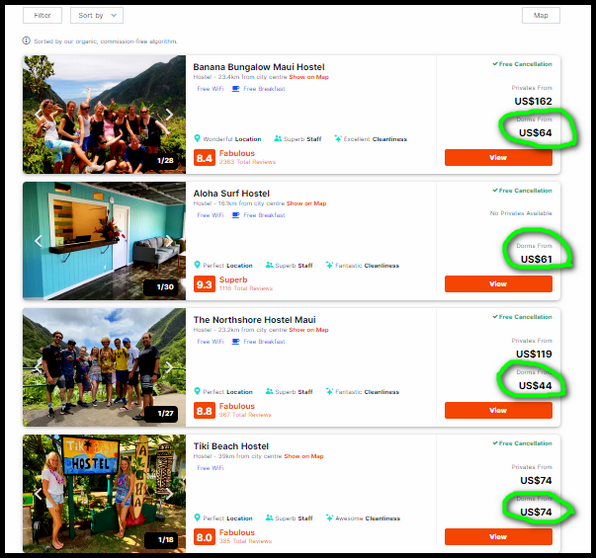
5. Hawaii has the most expensive hostel beds in the USA and world
While I was researching Hawaii, I checked out the costs of various types of accommodations. When I saw the jaw-dropping prices of the cheapest AirBnB rooms in Hawaii (by far the highest I’ve ever seen in the world), I decided to check the prices of dorm beds in Hawaii’s hostels.
I was absolutely astounded. I’ve never seen such outrageously high-priced dorm beds in my life. The cheapest dorm bed that I found in the month of March (which is off season, I might add) is $44 US. For one bed, in a large dorm, for one night. WWHHHHAtttt?
But wait, $44 US is just the lowest priced dorm bed in Hawaii! Prices of dorm beds go up from there, ranging from $44 on up to $79 US. Now, I ask you, what young backpacker can afford to pay that?! Who would pay that much to share a big bedroom with a bunch of strangers?
Just to confirm my guess that Hawaii has the most expensive dorm beds in America, and in the world, I did more research on hostel prices in key cities of the world’s most expensive countries. I checked out LA, San Franciso, Chicago, NYC, London, Paris, Berlin, Lisbon and Singapore.
As it turns out, Hawaii’s dorm beds are considerably more expensive than in LA (cheapest there $30 US) or NYC, where the cheapest beds are $35 US per night. Hawaii’s hostels cost nearly double price of dorm beds in Chicago, Paris or Singapore. Finally, Hawaii’s dorm beds are nearly triple price the beds in San Francisco, London, Berlin or Lisbon, Portugal.
So there you have it: Hawaii literally has the most expensive dorm beds in the world!
Clearly, Hawaii is not a budget traveler’s destination. Not at all.
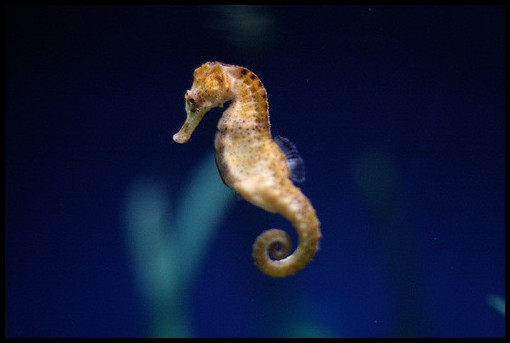
6. There’s a seahorse farm in Hawaii
On Hawaii’s Big Island, the family-run Ocean Runner Seahorse Farm breeds 25 species of seahorses. The family’s mission is to save seahorses from extinction, raise public awareness, and to prevent wild seahorses from being captured in the oceans.
Ocean Runner Farm has been carefully breeding seahorses since 1998. They follow the American Zoological Guidelines for breeding, strictly maintain sanitary conditions such as using the purest sea water.
The Farm conducts tours of their facilities and sells farm-raised seahorse pairs as pets.
Impressively, Ocean Runner Farm is a member of WWF, National Geographic, Nature Consevancy, World Aquaculture Association and several other top organizations.
You might also enjoy:
8 Surprising Facts about Florida
10 Great Outdoor Adventures in Florida
==================================











 Hi! I'm Lash, an American nomadic world traveler who's been traveling solo since 1998. I’m passionate about traveling the world nomadically and then sharing it all with you. I hope to inspire you to travel the world, to entertain you with tales from the road, and to help you reach your travel dreams. Welcome!
Hi! I'm Lash, an American nomadic world traveler who's been traveling solo since 1998. I’m passionate about traveling the world nomadically and then sharing it all with you. I hope to inspire you to travel the world, to entertain you with tales from the road, and to help you reach your travel dreams. Welcome! 



